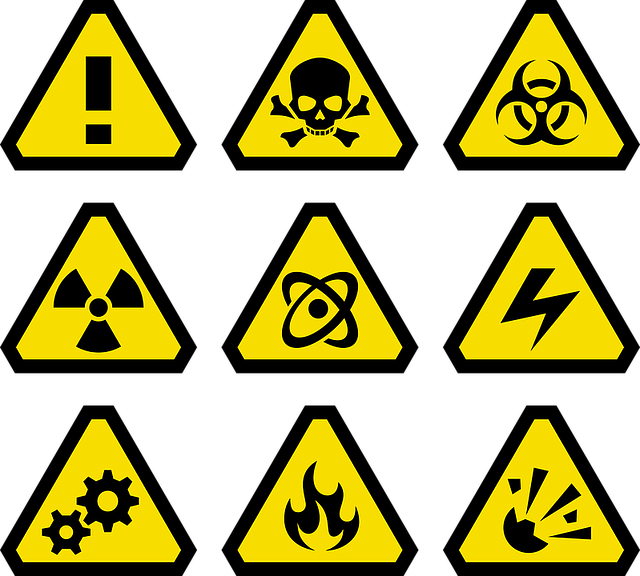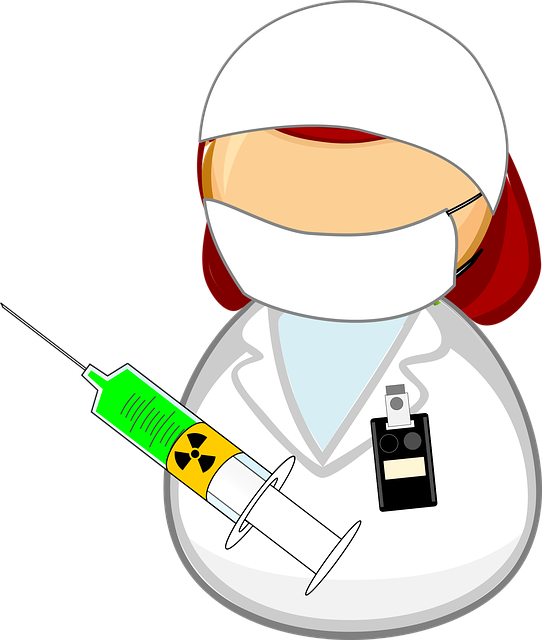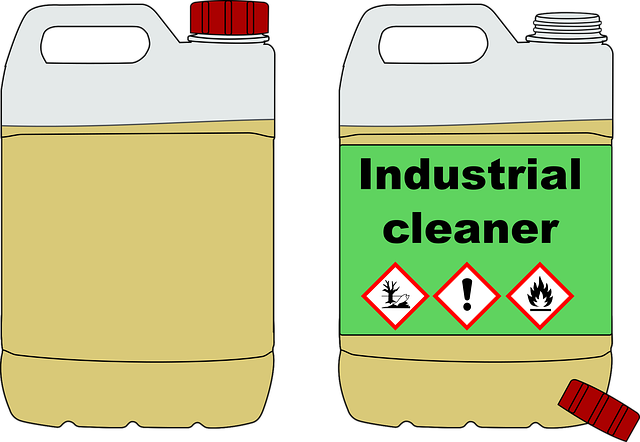The Emergency Response Dome Simulator is a cutting-edge training tool that recreates real-world confined space scenarios, focusing on dome structures and leak control management. This immersive simulator allows firefighters and responders to safely practice identifying leak sources, implementing containment strategies, and deploying specialized equipment in a controlled environment. By enhancing decision-making skills, teamwork, and communication, the dome simulator prepares emergency responders to handle chemical or hazardous material leaks efficiently, ultimately saving lives and mitigating environmental risks.
An innovative solution for enhancing emergency preparedness is the Emergency Response Dome Simulator, a cutting-edge training prop designed to replicate critical leak control scenarios. This immersive simulator offers responders a safe, controlled environment to practice skills and strategies. By understanding the unique challenges of dome leaks, first responders can improve their decision-making and coordination. The article delves into the simulator’s design, its role in practical training, and the tangible benefits it brings to emergency teams, ultimately equipping them for real-world situations.
- Understanding the Emergency Response Dome Simulator
- The Purpose of Dome Leak Control Training
- Key Features and Components of the Training Prop
- Benefits for Responders: Hands-on Experience and Skill Development
- Implementation and Impact: Preparing for Real-World Scenarios
Understanding the Emergency Response Dome Simulator
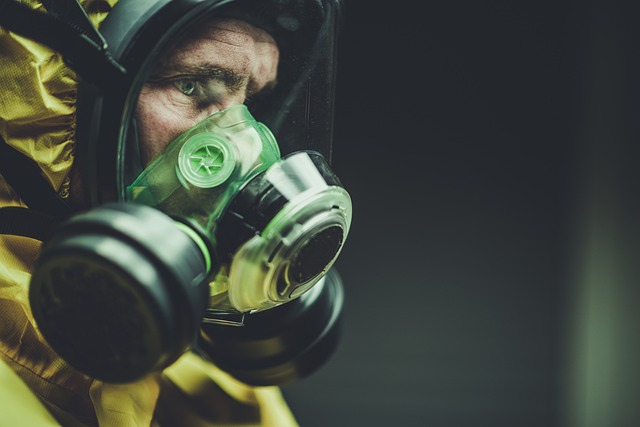
The Emergency Response Dome Simulator is a cutting-edge training tool designed to immerse and prepare responders for real-world scenarios involving confined spaces, such as underground utilities or industrial dome structures. This innovative simulator recreates the unique challenges and hazards of working within these environments, offering a safe and controlled setting for hands-on training.
The dome simulates various conditions, including air quality issues, structural failures, and emergency situations, allowing responders to develop critical decision-making skills and coordination. By experiencing these scenarios firsthand, emergency responders can enhance their proficiency in leak control management, ensuring they are well-equipped to handle potential crises effectively and efficiently.
The Purpose of Dome Leak Control Training
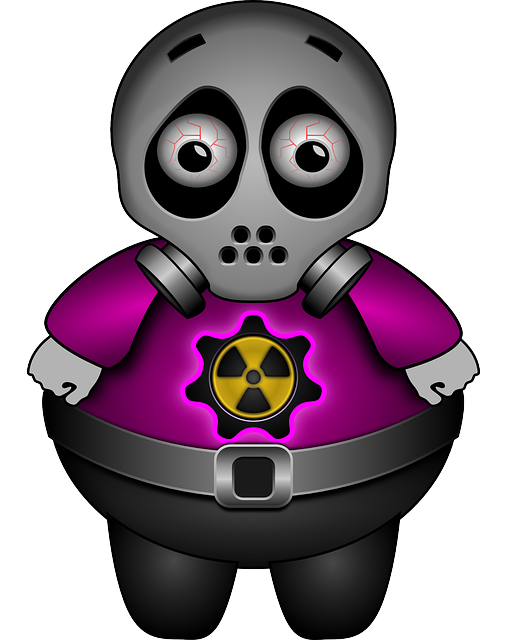
The purpose of Dome Leak Control Training is to equip emergency responders with specialized skills and knowledge for managing leaks in dome structures, a critical aspect often overlooked in traditional training programs. This immersive simulation utilizes an emergency response dome simulator, creating a realistic environment that mirrors high-pressure situations encountered during real-world incidents.
Through hands-on practice on the simulator, participants gain experience in identifying leak sources, implementing containment strategies, and utilizing specialized equipment designed for rapid and effective leak control. By mastering these techniques, responders can enhance their response times and minimize potential risks associated with chemical or hazardous material leaks within dome structures, ultimately saving lives and protecting the environment.
Key Features and Components of the Training Prop
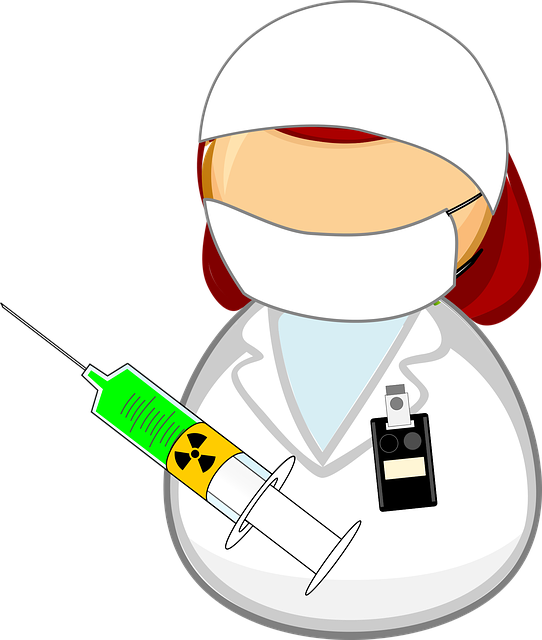
The emergency response dome simulator is a cutting-edge training prop designed to replicate real-world dome leak scenarios, offering a safe and controlled environment for firefighters and responders to hone their skills. This innovative tool features a detailed, full-scale dome structure complete with intricate piping systems, valves, and sensors, mimicking the complex infrastructure often encountered in industrial settings.
Its key components include advanced leak detection technology that triggers realistic alerts, allowing trainees to practice responsive actions. The simulator also incorporates variable flow rates and customizable pressure settings to simulate diverse leak conditions. Additionally, an integrated control panel enables trainers to manipulate various parameters, providing a dynamic training experience. This interactive prop enhances learning by immersing participants in a practical, hands-on scenario, fostering efficient problem-solving and effective communication during emergency situations.
Benefits for Responders: Hands-on Experience and Skill Development

The Emergency Response Dome Simulator offers a unique and invaluable opportunity for responders to gain hands-on experience in a controlled environment, replicating real-world scenarios without putting lives at risk. This immersive training prop allows them to develop and refine critical skills, such as quick decision-making, teamwork, and effective communication, essential for managing dome leaks or any other hazardous situations.
By interacting with the simulator, responders can practice various leak control techniques, learn to adapt to dynamic conditions, and enhance their overall preparedness. This practical approach to training ensures that when they face actual emergencies, they are equipped with the necessary expertise and confidence to respond efficiently and effectively.
Implementation and Impact: Preparing for Real-World Scenarios

Implementing the emergency response dome simulator as a training tool has proven to be a game-changer in preparing first responders for real-world leak control scenarios. This innovative technology offers a safe and controlled environment, replicating the challenges of handling chemical or hazardous material leaks inside confined spaces, such as industrial domes or tanks.
By simulating various leak conditions, trainers can expose responders to diverse situations, enhancing their problem-solving skills. The interactive nature of the simulator allows for practical training, where individuals learn to quickly assess risks, implement containment measures, and manage decontamination processes. This hands-on experience is invaluable, ensuring that when faced with an actual emergency, responders are equipped with the knowledge and confidence to make critical decisions in high-pressure environments.








